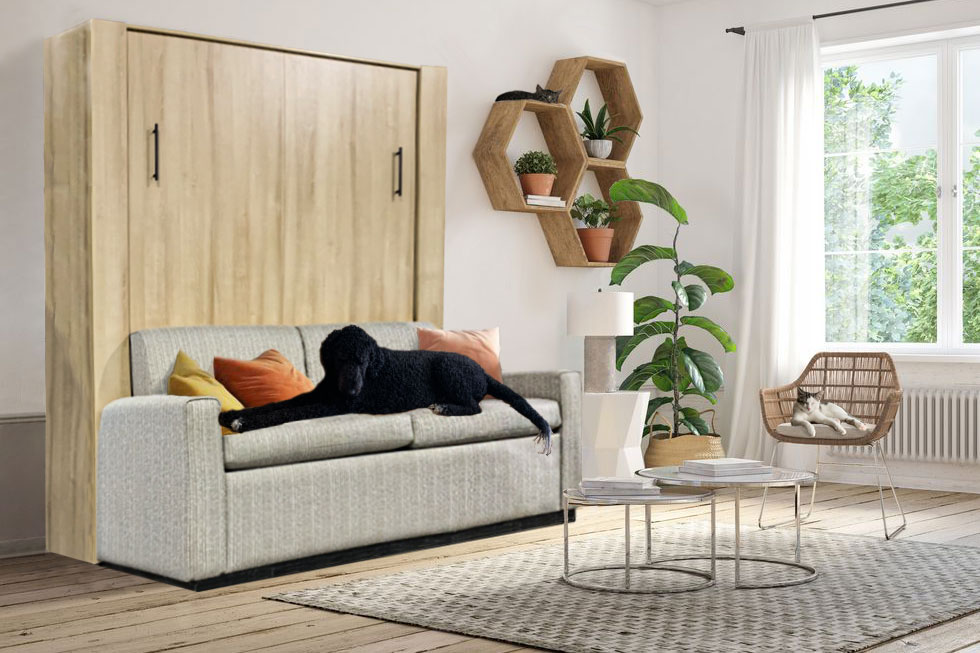“No-pet policies” are a thing of the past. According to a recent survey by Apartments.com, nearly 90% of renters currently have pets, and if they don’t, many plan to have one soon. Furthermore, some want to know they have that option from the place they choose to call home. Rental properties understand pets are non-negotiable and have adjusted their policies accordingly. To stay competitive, they must woo both the resident and their pet with luxurious amenities.
The hospitality industry is also feeling the increased demand for pet-friendly accommodations. Domestically, millions of pet owners choose to travel with their pets. Having a “pet-friendly” policy is often the minimum expectation, while the level of service the guest pets receive often varies by brand, location, and specific properties.
Although public acceptance has undoubtedly changed, accommodating our beloved pets comes with additional risk for property owners. The once standard but now unpopular “no-pet policy” protected owners from potential damage that could be incurred by having such pets at their properties. Implementing a new rigid pet policy that includes high fees is one way to counter the risk, but there may be more “pet-friendly” ways to reduce the risk and win people over.
Understanding what the risks are and how to address them is essential. Taking the time to write down or list out the concerns can help. When selecting pet-friendly fabrics for upholstery, here’s how to tackle the concerns that come with accommodating pets.
- Photo courtesy of Inova
Concern #1: Finding fabric durable enough to accommodate pets of all sizes.
In general, you should follow the same criteria used to select a commercial-grade fabric for heavy-duty use applications (by humans) when selecting pet-friendly fabrics. Most fabrics provided for commercial use go through an abrasion test where the material is rubbed back and forth with a set amount of pressure. Two standard measuring techniques are the Martindale Method and the Wyzenbeek Test. For the Wyzeneek method, the fabric is tested and reported in “double rubs.” One back and forth rub counts as one double rub. The number of “double rubs” published is the number at which the fabric passed testing before it showed signs of wear. The recommended passing rating for extra heavy-duty use applications is 50,000-plus double rubs. In short, you should consider the same fabric rating as you would for commercial applications for humans.
Concern #2: Fabric will tear and fray prematurely.
In addition to the durability, you want to take into consideration how tightly woven the fabric is. Given that pets have nails and may scratch the fabric, selecting a tightly woven fabric is in your best interest. For woven fabrics, the threads of the fabric run perpendicular and cross over one another. The tighter the weave is, the better protection you have against fraying or tearing.
Concern #3: Protecting from “accidents.”
Yes, accidents do happen! However, you can minimize the damage by selecting a fabric that includes a moisture barrier or coating. This coating protects the fabric and prevents liquid from penetrating the foam. Many fabrics have a moisture barrier or offer the option to add it when ordering.
To take it a step further, fabrics made with Crypton® have built-in stain and odor resistance, with excellent soil-release properties that make them easy to clean. Crypton is embedded in each fiber and won’t ever wear off. The “Cryptonizing” process is available with any material that meets specific fiber and construction requirements. Crypton does not contain toxic chemicals, heavy metals, or carcinogens that leach out with water, upholstery cleaners, or even saliva from children and pets.
Concern #4: Furniture appears dirty.
After considering and applying the recommendations above, finding a fabric that is easy to clean and doing so is the best way to keep upholstery looking its best. Many fabrics can be spot cleaned with a mild detergent and water. In general, lack of cleaning or improper cleaning will shorten the life span of any fabric or coated material, regardless of who uses it!
What options does this leave designers and properties when selecting upholstered fabrics for their pet-friendly spaces? Based on the concerns and answers mentioned above, the following is a guideline used when selecting “pet-friendly” upholstered fabric. Select fabrics that include the following:
- Meet or exceed the Wyzenbeek test for 50,000 double rubs or more.
- Choose a fabric with a tightly woven pattern, as tightly woven patterns are less susceptible to tearing and fraying when scratched.
- Include a moisture barrier or coating, which will protect a spill or accident from penetrating through the fabric to the foam.
- Look for fabrics that are easy to clean. Most of the time the fabrics look dirty before they ever wear out. Lack of cleaning and/or improper cleaning will shorten the life span of any fabric or coated material.



